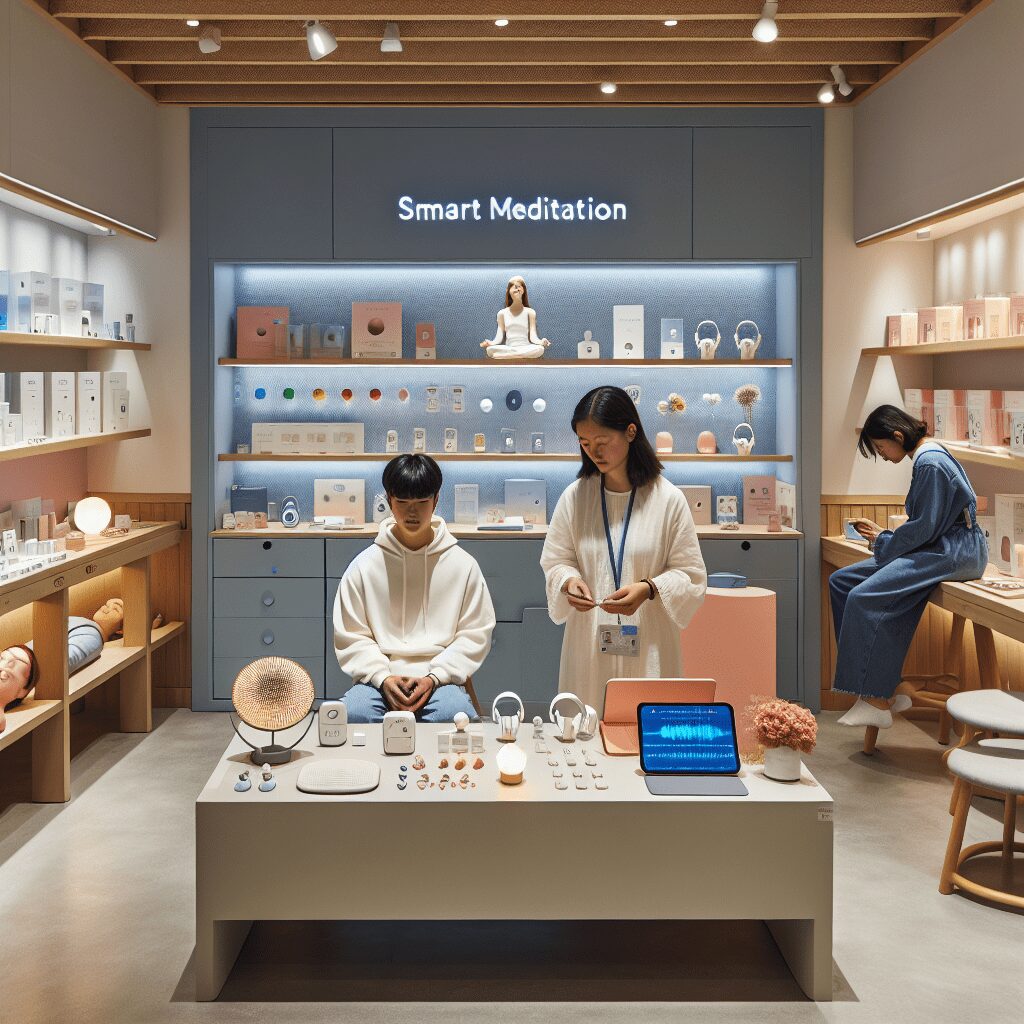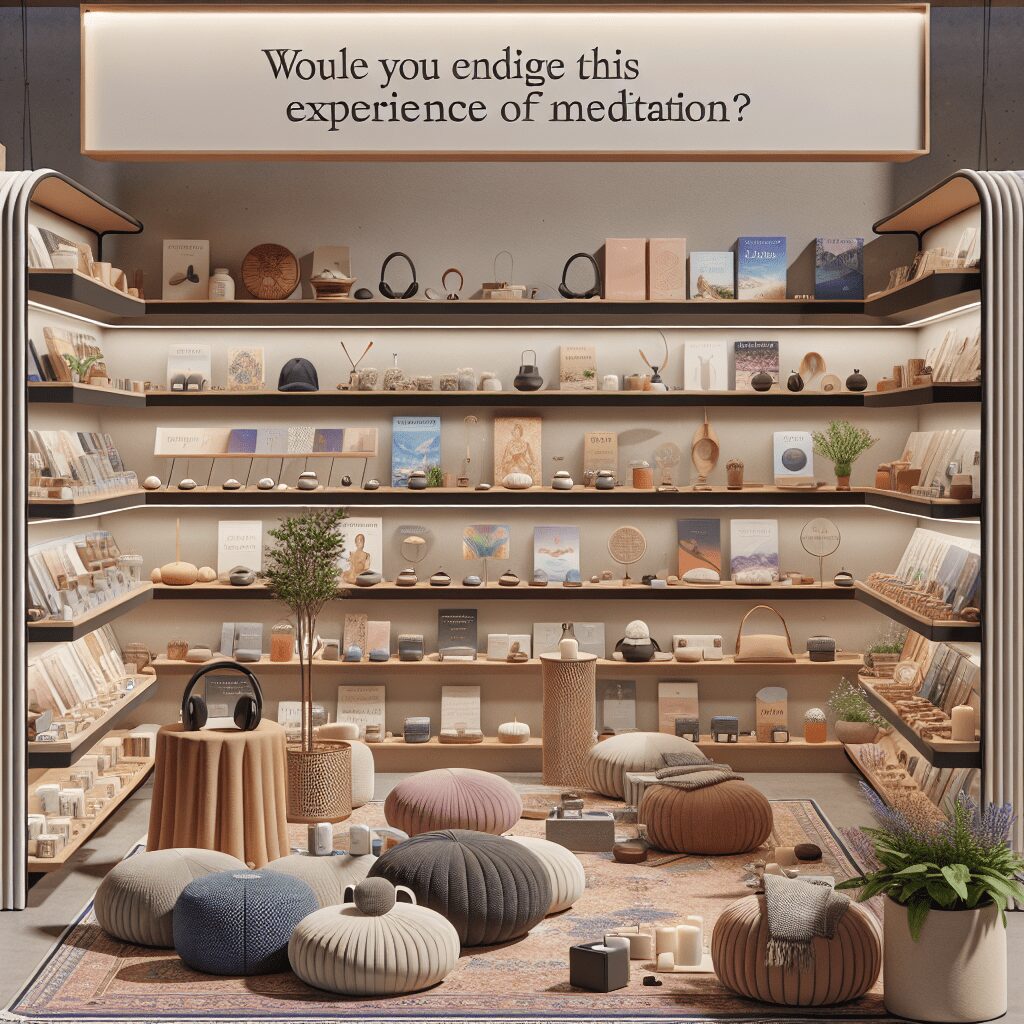
Prioritize your mental well-being daily. Enhance your life by nurturing your mental health with the Smart Meditation app. Break free from stress, alleviate anxiety, and enhance your sleep quality starting today.
How Napping Reduces Stress?
The Power of Naps: A Stress-Busting Strategy
In the hustle and bustle of modern life, stress seems to be our constant companion, nipping at our heels. Caught in the rush, we often overlook simple solutions that can provide relief. Enter the humble nap, a powerful yet underappreciated tool in our arsenal against stress. While it sounds almost too good to be true, this pocket-sized reprieve is backed by science. It’s high time we dived into how a quick snooze can be a bona fide stress buster.
The Science Behind Snoozing
Ever felt like a short nap turned your day around? Well, it’s not just in your head. Let’s peel back the layers and see why your brain is all for it.
Napping Reduces Cortisol Levels
Cortisol, widely known as the stress hormone, has its fingers in many pies, but mainly, it keeps you wired and ready to react to threats. Handy for outrunning saber-toothed tigers, not so much for chilling out. Napping, especially in the early afternoon, has been shown to lower cortisol levels. The result? You wake feeling less like a tightly wound spring and more like a well-oiled machine.
It Hits the Reset Button on Your Emotional State
Ever felt overwhelmed, took a nap, and woke up with a much better outlook on your problems? That’s because napping allows your brain to process and regulate emotions. Consider it a system reboot that clears the cobwebs and emotional clutter, providing a fresh perspective post-nap.
Enhances Cognitive Function
Stress often makes our brain feel foggy, hindering our ability to think clearly. Napping, particularly the 20-30 minute power nap, is known to sharpen cognitive functions like memory, alertness, and decision-making. A clear mind is better equipped to handle stress, making those former mountains now look like molehills.
Squeezing in a Siesta: Practical Tips
So, how do you make napping part of your anti-stress toolkit? It’s not about sprawling on the couch for hours; it’s an art. Here’s how to master it:
- Timing is Key: Early to mid-afternoon, ideally after lunch, is the sweet spot. This timing works with your natural circadian rhythm, reducing the risk of interfering with your nighttime sleep.
- Keep it Short and Sweet: Aim for a 20-30 minute nap. This prevents you from entering deep sleep, making it easier to wake up refreshed rather than groggy.
- Find a Comfortable Spot: It doesn’t have to be a bed. A comfy chair or a quiet spot where you can recline will do the trick.
- Limit Distractions: Let your mind know it’s time to unwind. Turn off notifications, dim the lights, or use an eye mask and earplugs if needed.
In conclusion, napping is akin to pressing the pause button in the midst of our often chaotic lives. By understanding and applying the science behind this simple yet effective stress management technique, you can unlock a healthier, more balanced lifestyle. So, the next time stress threatens to derail your day, remember that relief might just be a nap away. Here’s to embracing the restorative power of napping, and waving goodbye to stress, one snooze at a time.





